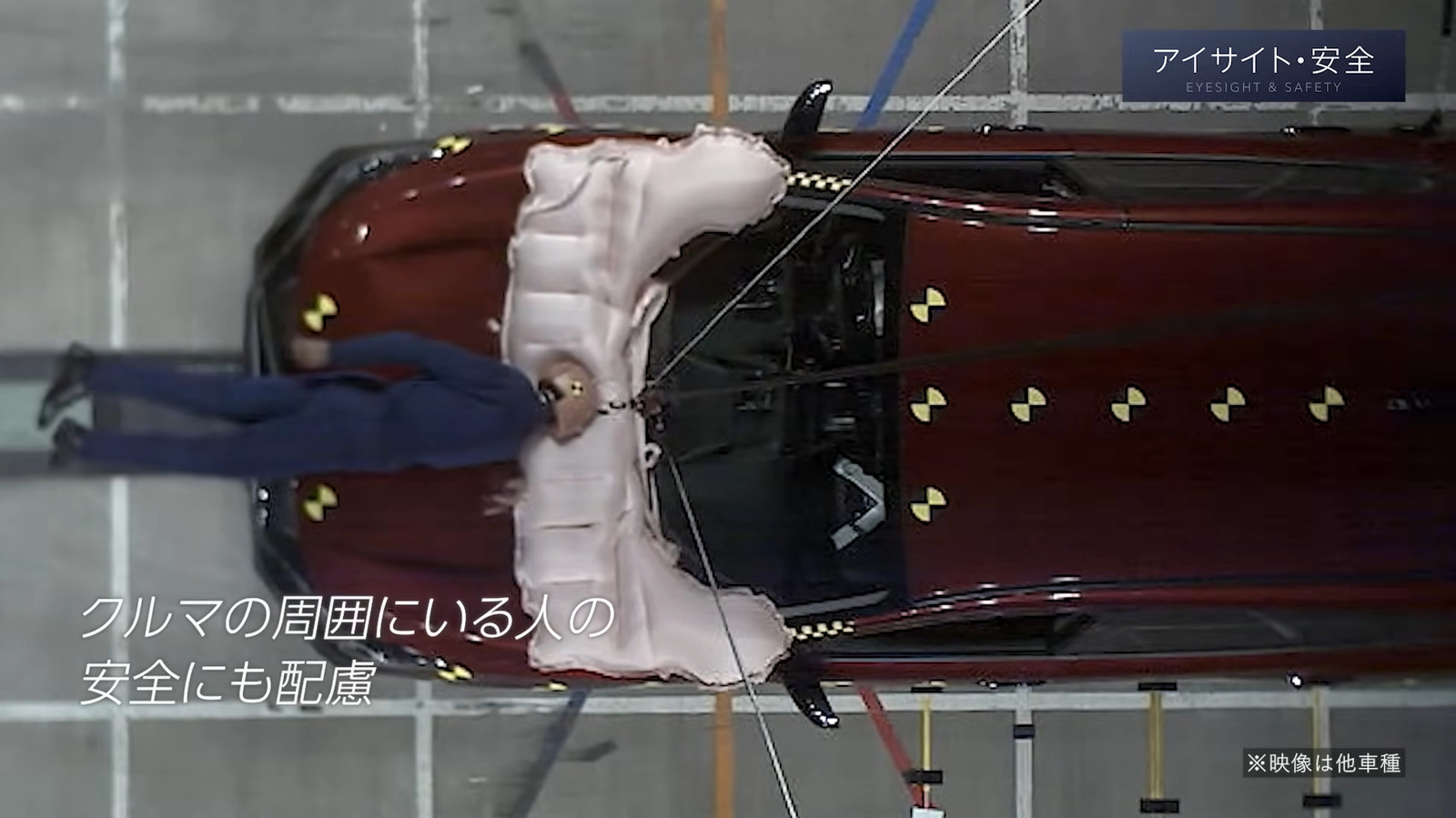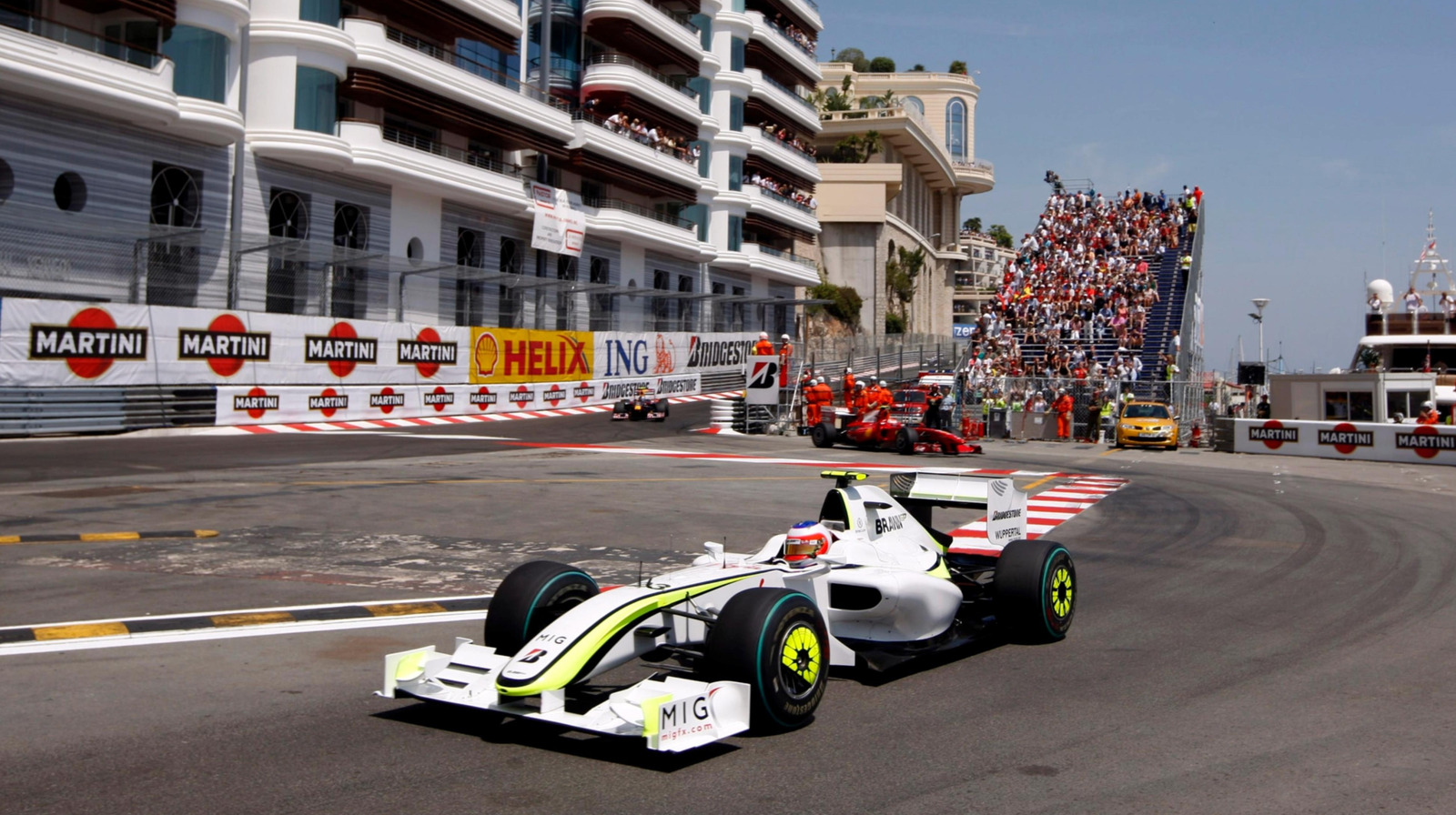Sequential Structural Evolution Triggered by O─O Dimerization in Oxygen‐Redox Reactions
Advanced Energy Materials, EarlyView.

This study reveals the origin of electrode degradation in oxygen-redox reactions as sequential structural evolution. Contrary to the widely accepted belief, transition-metal migration is not induced before the dimerization of unstable oxidized oxide ions in the deeply charged states. This model presents an overall picture of the relationship between the oxygen-redox reaction mechanism and complex charge/discharge profiles for lithium-rich oxides.
Abstract
The participation of oxygen in electrochemical reactions increases the capacity of lithium-ion battery positive electrodes beyond conventional cationic-redox limits. However, structural degradation due to oxidized oxide ions significantly reduces the discharge voltage compared with that in the first charge, mostly with a capacity loss. In this study, it is shown that O─O dimerization triggers transition-metal migration in an oxygen-redox positive electrode upon charging. First-principles calculations are performed to reveal the thermodynamic and kinetic energy landscapes of the full structural evolution of a typical lithium-rich oxide, i.e., Li1.2Ni0.13Co0.13Mn0.54O2. The oxygen oxidation process can be divided into three sequential steps: i) generation of persistent oxidized oxide ion O−; ii) peroxide formation; and iii) transition-metal migration. The elusive use of O2−/O− while blocking O─O dimerization is the key to avoiding structural degradation due to transition-metal migration and realizing energy-efficient oxygen-redox reactions.








































































































































































